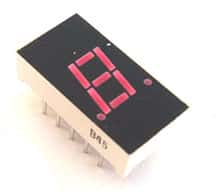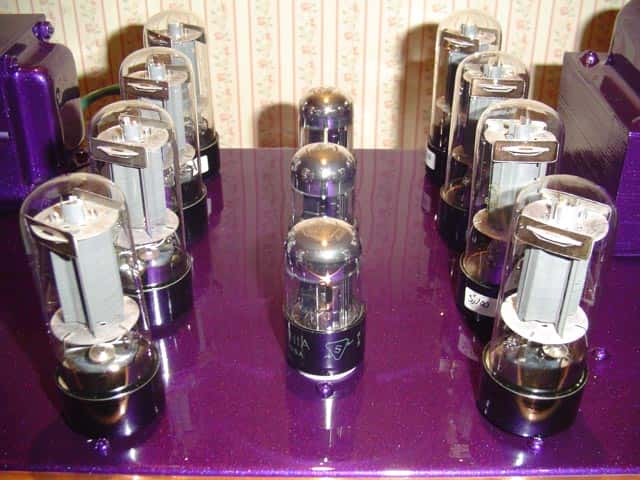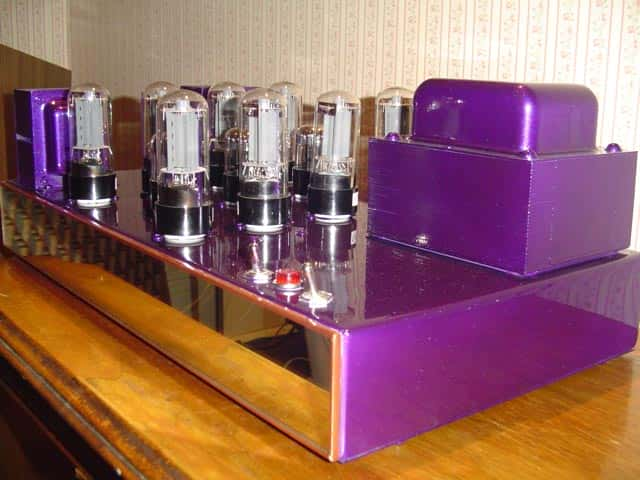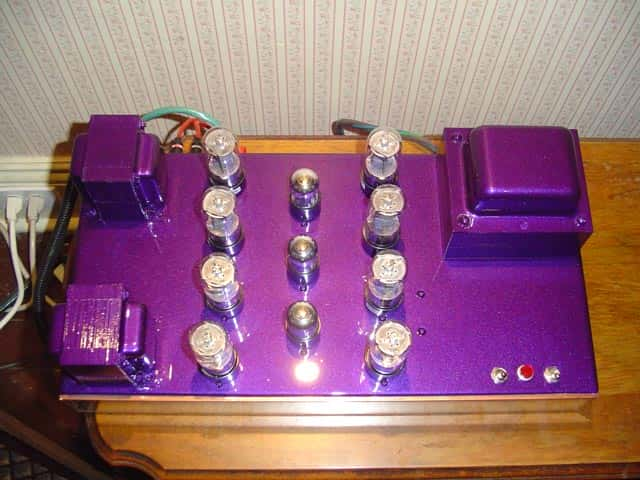7 Segment LEDs or 7 segment displays are a type of electronic display devices used for displaying decimal numbers, in place of the more complicated dot matrix displays. 7 segment LEDs are used in a number of applications such as electronic meters, digital clocks and other such electronic devices.

7 Segment Display
As the name suggests, these electronic components are made up from 7 segments that are used for displaying each of the numerals from 0 to 9. The segments are arranged in a rectangle pattern with two vertical segments placed on each side, and a horizontal segment placed on top and bottom. In addition, another segment is placed bisecting the rectangle horizontally. This way, the figure obtained is of the number ‘8’. The segments are identified by lower case letters “a†to “gâ€, that begin with “a†on the top and going clockwise, with the center segment being “gâ€.
In some 7 segment LEDs, an additional segment is used to denote a decimal point and is referred to as DP. In some LEDs an extra triangle is also included to turn this decimal point in to a comma, which improves the readability of larger numbers.
Most of the 7 segment displays are slanted to make the numbers look like they were written in italics. This allows for one digit to be placed upside down along with another digit, such that the two decimal points appear like a colon between the digits. This arrangement of these electronic components is widely used in digital clock displays.




